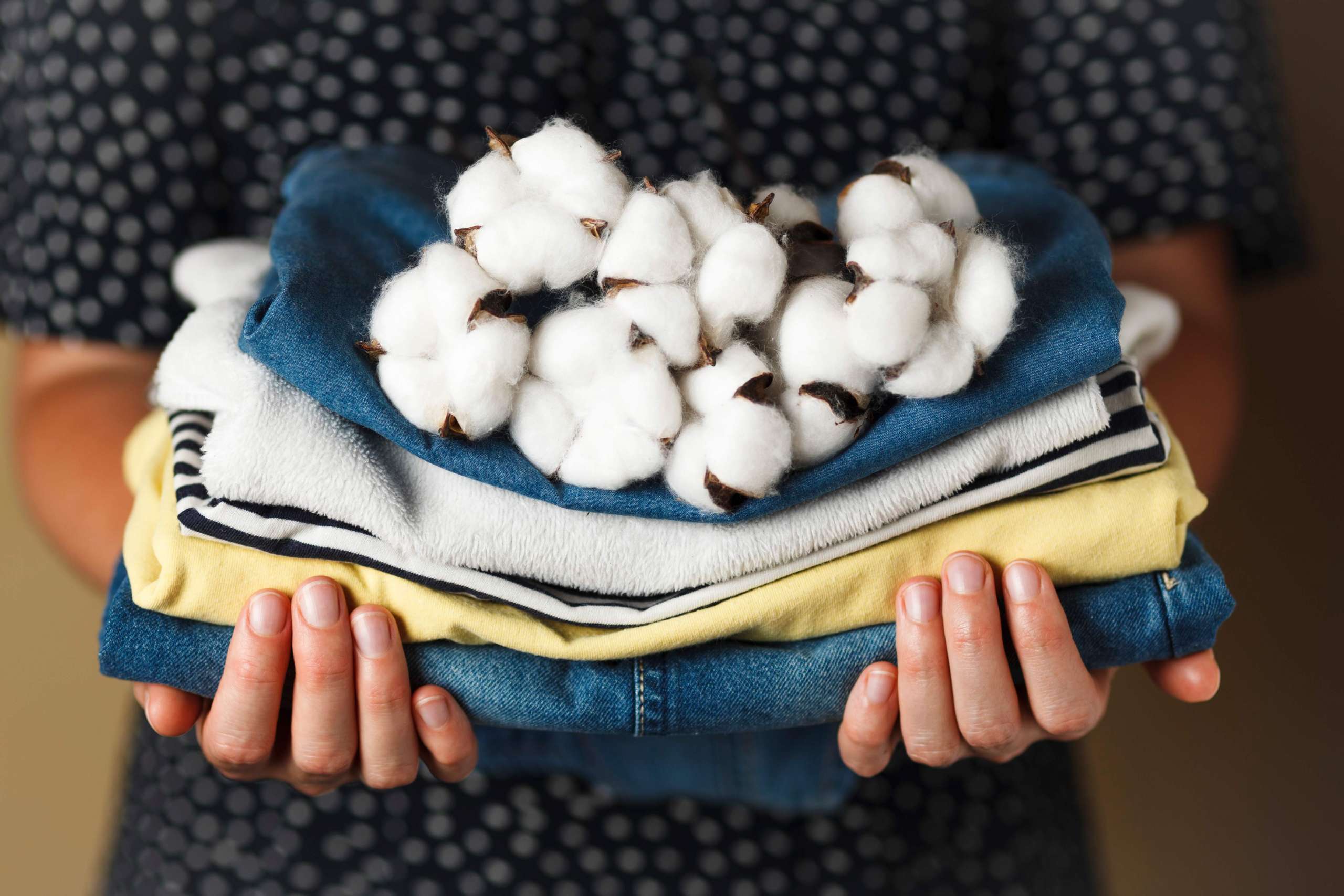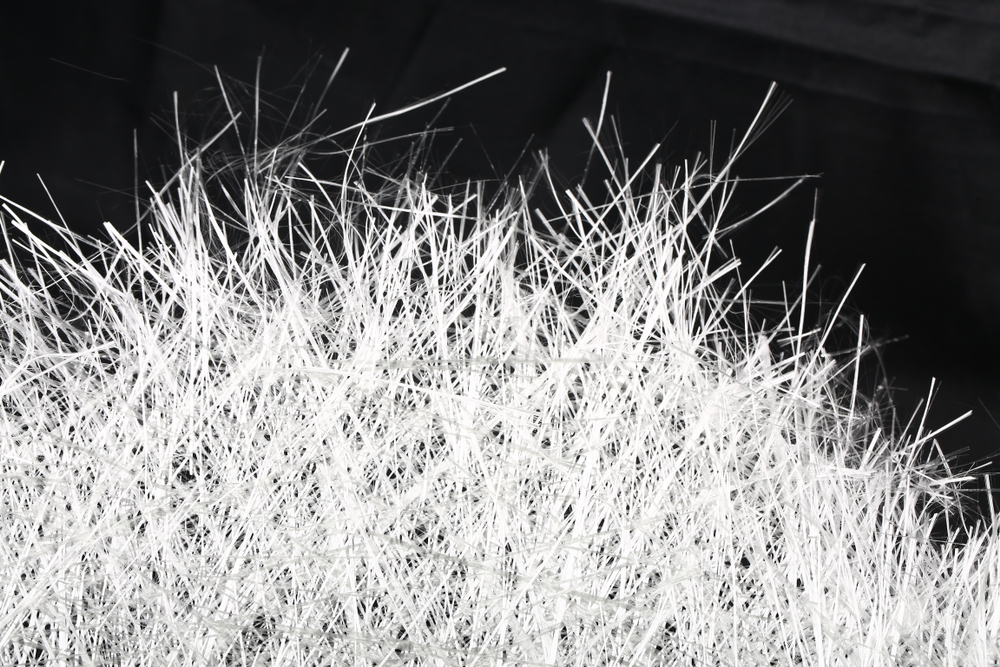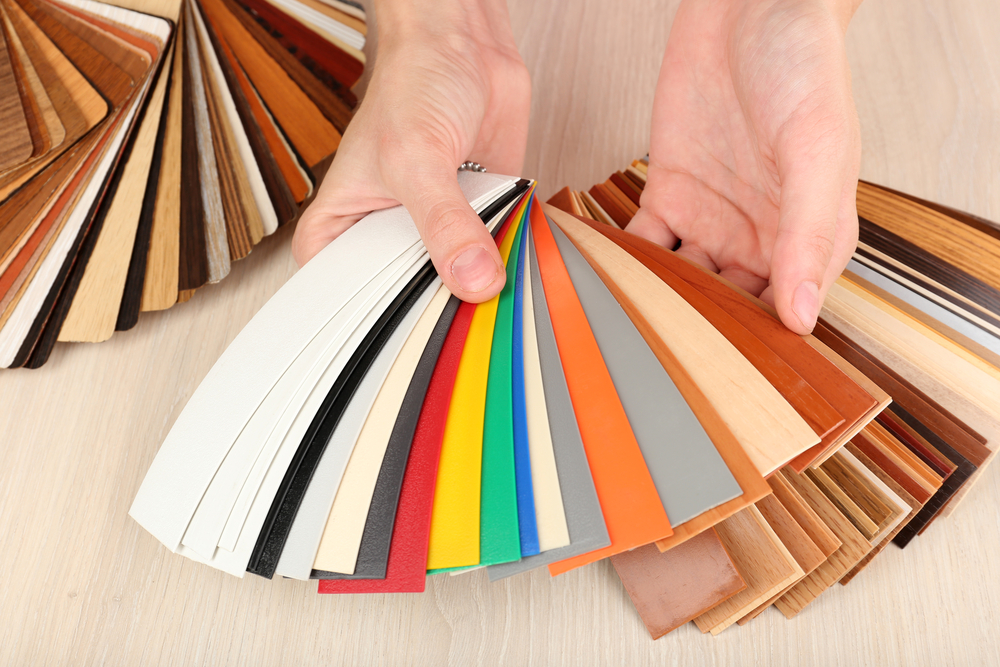Is There Value In Using Cashmere Yarn?

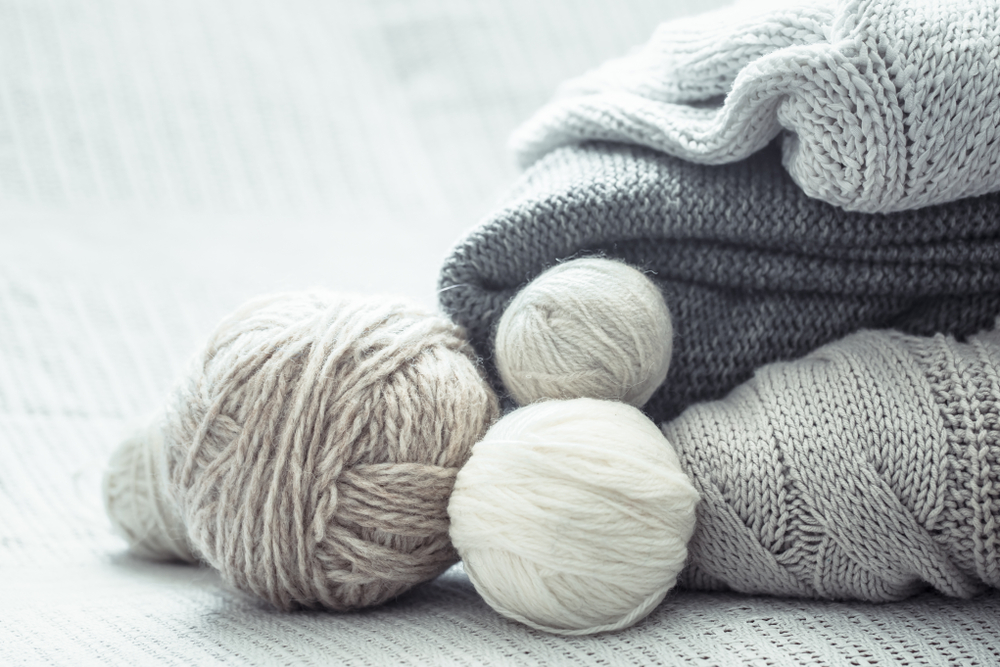

The Cashmere yarn is a beautiful and highly sought-after fabric that's frequently used in high-end garments and textiles. Packed with tons of unique properties, it has a smooth and silky feel.
Often dubbed as an "expensive material," the cashmere yarn has an air of luxury around it.
Lightweight and warm, it can be worn easily and doesn't feel too fussy.
So if you're thinking of creating garments using Cashmere yarn, there are some things that you need to know about it.
In this article, we shall be covering the origins & evolution of the famous Cashmere yarn, its various types, and its benefits.
Origin and Evolution of Cashmere Yarn
As the name suggests, Cashmere yarn is named after the eponymous area of Kashmir, with the earliest use of the fabric being found across countries like Afghanistan, India, and China.
The origins of Cashmere yarn can be traced back to the time when the ancient shepherd tribes in Central Asia used it to protect themselves from the scorching weather.
Since then, the yarn has undergone various changes, being used worldwide for its soft and irresistibly warm material.
It has also evolved from being a part of royal outfits to more contemporary, eye-catching variations.
Types of Cashmere Yarn
Even though the fabric appears simple, it is usually divided into 4 major subcategories, each with varying properties and unique characteristics.
The following types of Cashmere yarn are currently used in the textile manufacturing industry:
Cashmere wool
A popular fabric used for woolen blankets and women's clothing, Cashmere wool is sourced from the Gobi Desert and Cashmere goats in Kashmir Valley. It is a delicate and strong fibre, and soft to touch.
Grade A Cashmere Yarn
Grade A Cashmere yarn is the most expensive, with its fabric being ultra-soft and a width of 14 microns per hair. When you touch it for the first time, you'll understand why it's so popular.
Grade B Cashmere Yarn
Slightly better than type C cashmere wool, the type B fabric has an approximate width of 18-19 microns per hair. It can be scratchy and rough on the skin. It can be scratchy and rough on the skin. The quality, too, is inferior compared to type A.
Grade C Cashmere Yarn
Grade C is considered the toughest type of cashmere wool. Also, the least expensive is typically used in clothes that do not directly contact the skin.
What makes Cashmere so expensive?

Grade A Cashmere yarn has a thickness of nearly 14 microns, being anywhere between 34 and 36 mm long. It has longer strands which provide more strength while knitting. This, in turn, leads to high-quality clothing material. Finer the fiber, the higher the price.
Here are 3 reasons why Cashmere yarn is considered an expensive fabric:
Rarity
Accounting for just 0.5% of the total wool production globally, Cashmere yarn is a rare fabric that's not found anywhere else except for Kashmir, Mongolia, China, and the high altitudes of the Himalayas. It takes nearly 6 months of long winter, where the goats get their undercoat, which is ultimately used in production.
Limited Production
The Cashmere goat wool is usually acquired during the Spring and summer seasons, with sales starting in winter. Since the moulting is often season-specific, the garment manufacturers need to wait for over a year to receive the raw material.
The limited scale of production is what makes it more valuable. Moreover, customers also look forward to the products and wait until they reach them. Once the product reaches the market, it sells for exponentially higher prices. It would help if you were quick to buy the product, or else it gets sold off immediately.
Products like Kani shawls, Tilla dozi pieces, and Jamawar shawls are some popular products made with Cashmere yarn.
Exponentially high demand
Made with soft-undercoat goat-hair, Cashmere wool products are comparatively warmer than any other fabric. The combed fibres from the goat's neck area are often used for knitwear, with the Cashmere wool being 19 microns. This leads to the product being in high demand.
Why is Cashmere superior to wool?
Cashmere yarn has fibers with a very small diameter, which results in an extremely delicate texture. It is also considered the softest of all yarns.
When maintained properly, quality Cashmere yarn doesn't shrink and retains its form effortlessly over time.
Since the fabric has great insulating properties, clothes made with the Cashmere fabric maintain body temperature, sometimes lasting well over 10 years.
7 Benefits of Using Cashmere Yarn
It Is Extremely Soft!
Cashmere yarn is famous for its softness, with high-quality Cashmere yarn fabric especially lightweight and soft to touch. When it comes in contact with your skin, the Cashmere yarn will surely give the wearer an expectedly warm feel.
Made of low-bulk and high-loft fibres, Cashmere yarn is 7 times thinner as compared to normal wool. It's not just water-resistant but also provides ample thermal insulation.
Since its fibres have an extremely tiny diameter, clothes made of Cashmere yarn have a delicate texture while being ultrasoft.
It Doesn't Cause Any Itchiness!
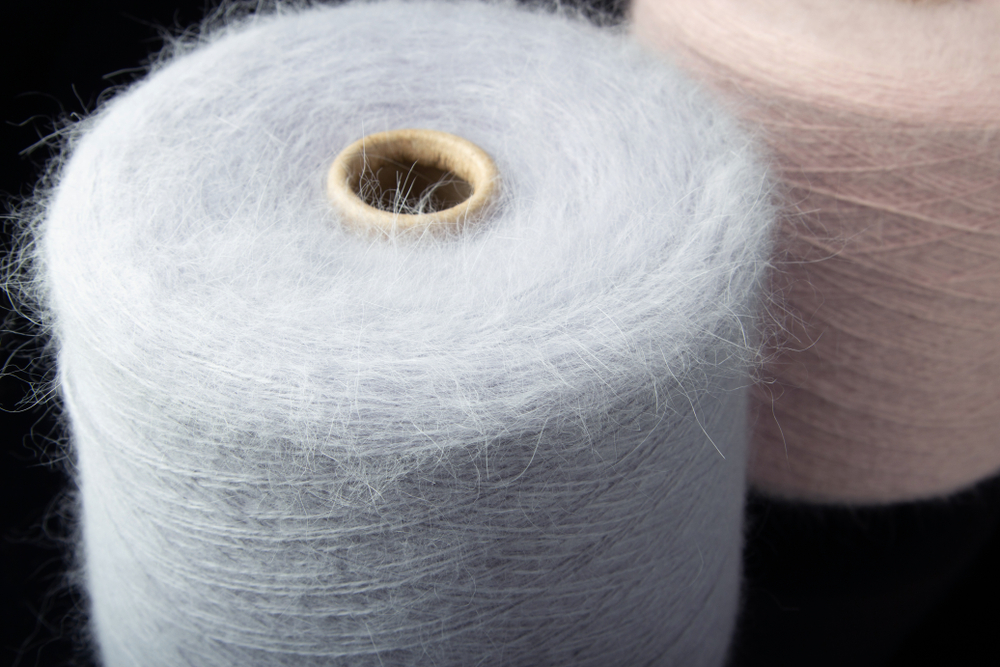
As compared to sheep wool, Cashmere yarn is less itchy. Being a natural fibre, the density is way higher than wool, preventing the yarn from becoming rough.
This provides the wearer with a baby soft sensation on the skin when caressing their sweater during the winters. The yarn relieves itchiness & there won't be any rashes or redness. It can, however, be slightly problematic for those who are allergic to natural fibers.
It Is Lightweight!
As stated above, Cashmere yarn is a natural product that is incredibly lightweight and easy to wear. Considered a better insulator than other varieties, the Cashmere fibre doesn't exceed 19 microns.
Its lightweight nature is a plus, with woolen jumpers and sweatshirts made using Cashmere yarn being a highly-demanded category.
It Is Incredibly Warm!
A garment's warmth is an important purchase decision for any customer. And what better than Cashmere yarn to do so.
Known for being incredibly warm, Cashmere yarn is made with the goodness of wool collected from Kashmiri goats. It is feather-light and doesn't feel too hot.
It Is Fire-Resistant!
Cashmere yarn is known for being a natural fire-resistant material. Even when exposed to fire, the material will continue to burn but wouldn't melt into your skin. It self-extinguishes after a while.
Cashmere Yarn Is Highly Durable!
When looked after properly, Cashmere yarn can prove to be extremely durable. With an ability to bend and twist across easily, the material can easily last up to 10 years. Research has found the yarn to turn softer with age, implying that its warmth only increases as you use it.
No wonder, then, that people often wear Cashmere-made clothes passed down across generations.
It Offers Luxury And Comfort!
As stated previously, Cashmere yarn is considered to be a luxury product. The yarn can be extremely lightweight for knitting, crocheting, and weaving. It is a simple yet elegant piece of fabric. It also mixes up with dyes well.
How can it be maintained?
Being such a valuable fabric, you must take proper care and maintain the quality of your products.
Here's how you can maintain the yarn's quality easily:
- Avoid direct contact with Nylon, as it might harm the fibres.
- Use a cashmere comb or shaving machine in case of pilling. Doing so will restore the garment to its original state.
- It's crucial to remove pilling only after washing and drying the garment.
- When not using it for extended periods, store the garment in a bag or sealable container to keep the insects away.
Conclusion
As evident, Cashmere yarn is among the softest textiles on the market right now.
Being extremely comfortable and high-quality, it has become useful for making products like sweaters, socks, and scarves. Being a natural fibre, it is biodegradable and doesn't harm the environment. Used by cottage industries across India, it's a great alternative to synthetic fibres like nylon and polyester.
We hope that this article gives you a better idea of the Cashmere yarn's value to create some great garments using the fabric. Alternatively, if you’re looking for suppliers to source Cashmere yarn, do reach out to us at Fashinza. We connect you with proven, high-quality suppliers, while also helping you manage the design and development from start to finish.
Brands and manufacturers can place orders via the platform and receive daily information about its status. Interestingly, they can also communicate, track order status and make payments, all within the app. With Fashinza, we’re making apparel manufacturing transparent, fast and hassle-free.















